I'm having trouble getting rid of output transients from this Mean Well PSU right after the AC input is switched.
https://www.meanwell.com/Upload/PDF/RPS-500/RPS-500-SPEC.PDF
The PSU is a RPS-500 27VDC with fan. The 120 VAC is coming from an industrial power strip and the switch is a mechanical DPST bat handle style.
The switch transients are showing up on all the outputs: 5Vsb, Power Good (PG), and 27VDC output.
I captured some scope shots from the 5Vsb pin w/out load.
Occasionally the transients aren't noticeable.
Would a multi-stage AC/DC EMI filter and perhaps a NTC resistor (to limit inrush) get rid of this?
My guess is that these are due to inrush current or the switch making contact at different phases of the AC input.
Edit 1:
Bench setup schematic
Edit 2:
Scope captures from an MSO4054B using TPP0500B probe with spring tip ground. Measured at 2mm double-row connector, no load (for now).
These are showing the 5Vsb ramp and the voltage transients when the switch is toggled.
